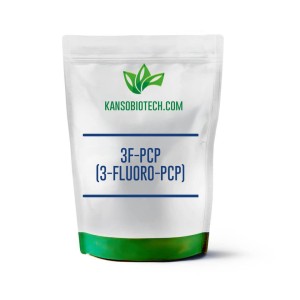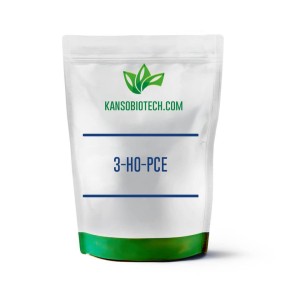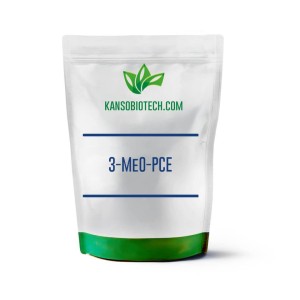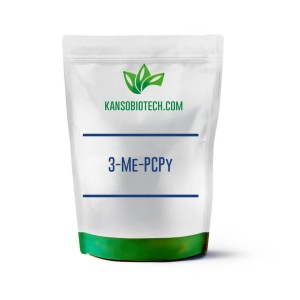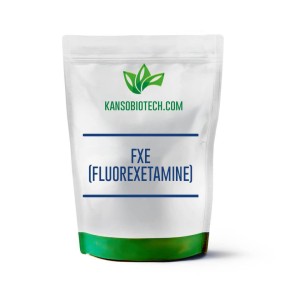Find out more about delivery
Buy 3-Me-PCP for sale online
Minimum order 5g
About the availability of goods and its price, please check with our contact manager.
3-Me-PCP is a white powder with a molecular weight of 327.43 g/mol. Its chemical structure is similar to that of PCP and other arylcyclohexylamines, with a phenyl ring attached to a cyclohexyl ring. It has a melting point of 227-228°C and is soluble in organic solvents such as ethanol and chloroform.
As a dissociative anesthetic, 3-Me-PCP works by blocking the NMDA receptor and reducing the activity of glutamate, a neurotransmitter that plays a critical role in neural communication. This leads to a state of dissociation, in which the user feels disconnected from their surroundings and may experience hallucinations and altered perceptions of reality.
- 1000
3-Me-PCP: A History, Technical Description, and Recommendations for Use
3-Me-PCP, or 3-Methoxyphencyclidine, is a dissociative anesthetic and a member of the arylcyclohexylamine class of chemicals. It was first synthesized in 1979 by the renowned chemist Victor Brutsche, and since then, it has gained popularity among researchers and enthusiasts alike. In this article, we will delve into the history, technical description, and recommendations for use of 3-Me-PCP.
History of 3-Me-PCP
The first published report on the synthesis of 3-Me-PCP dates back to 1979, in which Victor Brutsche and his team reported the successful synthesis of a series of analogs of phencyclidine (PCP) and ketamine. This included the synthesis of 3-Me-PCP, which was found to be an effective anesthetic in animal models.
Since its discovery, 3-Me-PCP has been used primarily in research settings to explore its pharmacological properties, such as its effects on the NMDA receptor, a glutamate receptor that plays a critical role in neural plasticity and cognition. It has also been used recreationally by some individuals, although its legality and safety remain a subject of controversy.
Technical Description of 3-Me-PCP
3-Me-PCP is a white powder with a molecular weight of 327.43 g/mol. Its chemical structure is similar to that of PCP and other arylcyclohexylamines, with a phenyl ring attached to a cyclohexyl ring. It has a melting point of 227-228°C and is soluble in organic solvents such as ethanol and chloroform.
As a dissociative anesthetic, 3-Me-PCP works by blocking the NMDA receptor and reducing the activity of glutamate, a neurotransmitter that plays a critical role in neural communication. This leads to a state of dissociation, in which the user feels disconnected from their surroundings and may experience hallucinations and altered perceptions of reality.
Recommendations for Use
It is important to note that 3-Me-PCP is a highly potent and potentially dangerous chemical. As such, it should only be used by experienced researchers who have the appropriate safety equipment and protocols in place.
When working with 3-Me-PCP, it is important to follow proper safety procedures, such as wearing gloves, goggles, and a respirator. It is also important to store the chemical in a secure location, away from heat and moisture.
If you are interested in purchasing 3-Me-PCP for research purposes, it is essential to ensure that you are obtaining it from a reputable source. You can buy 3-Me-PCP online at kansobiotech.com, a trusted supplier of research chemicals. They offer a variety of payment options, including Bitcoin, Western Union, and credit card, and deliver to countries all over the world, including the USA, Canada, Germany, Indonesia, Europe, Africa, Israel, Russia, Netherlands, Turkey, Thailand, Japan, and more.
In conclusion, 3-Me-PCP is a powerful dissociative anesthetic that has gained popularity among researchers and enthusiasts alike. However, it is important to exercise caution when working with this chemical and to ensure that you are obtaining it from a trusted source. With proper safety procedures and responsible use, 3-Me-PCP can be a valuable tool for exploring the complex workings of the brain and nervous system.
No questions.
Tags: 3-Me-PCP, 3-Methyl-PCP, meta-Methyl-PCP



